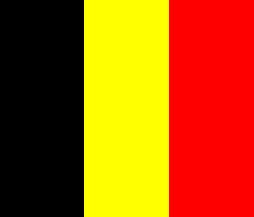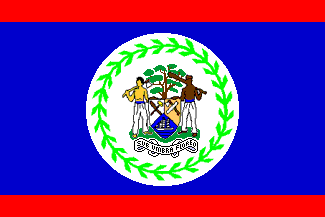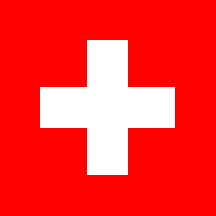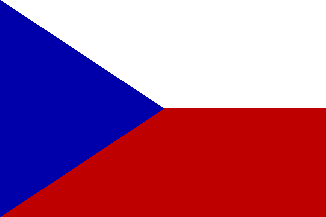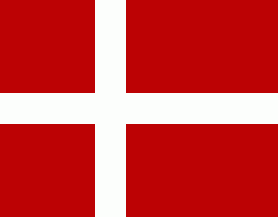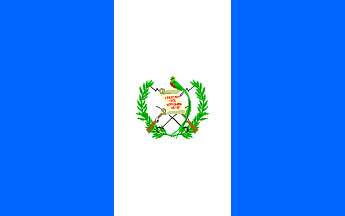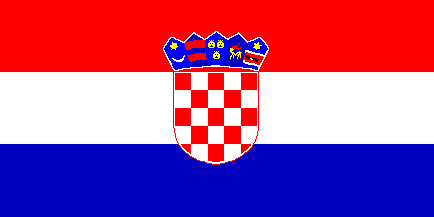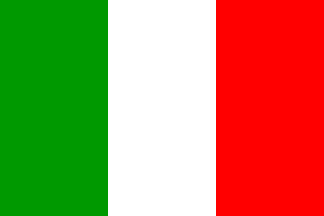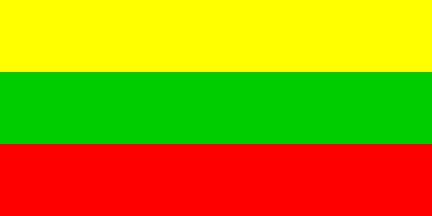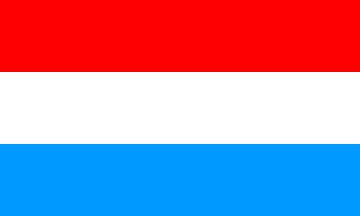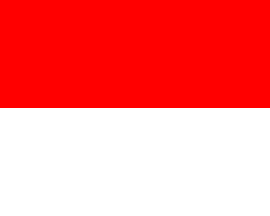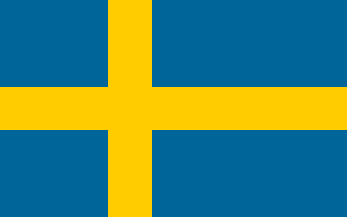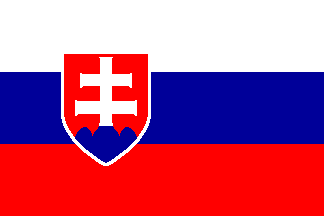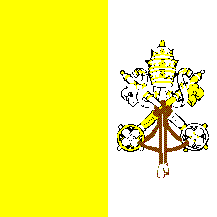
![]()
Czech Republic
Formed out of the ashes of the Austro-Hungarian Empire following WWI, Czech Republic has seen much turmoil in its 80 years: Nazis, Soviets, and Communists to name a few. The present incarnation of the Czech Republic (with Slovakia) was born of the 1993 "Velvet Divorce" of Czechoslovakia. In the early 1990s, Prague emerged from behind the Iron Curtain to be the uber-trendy spot for a new generation. Though this has faded, and the country has been discovered by tourists of all flavors, it's still a good destination, and one that should be on your A-list.
Essential Facts
The national language is Czech, another member of the Slavic family. It shares that family's seeming abhorrence of vowels. Many Czechs are bi or tri-lingual, with German and English the most common foreign tongues. Of course, it would be nice to learn a little Czech, but one can get by without it.
The currency is the Koruna, worth about 37 to the USD. Czech Republic used to be heralded as a cheap destination, but with its' surge in popularity came increases in costs (and ways to rip off tourists), and while far cheaper then Western europe, it is much more expensive then the rest of eastern europe. Getting money is no problem - ATMs are plentiful and work on the Cirrus/MasterCard network.
A thing to be savored in the Czech Republic is the beer. Home of the original Pilsner (Pilsner Urquell), the original Budweiser (Budvar), and countless others; beer is cheaper then water (and not as polluted). While the heavy central European cuisine can be monotonous, the beer is an always welcome. Not to be missed are some of the specialty herbal liquors, for sale in many stores in Prague. I remember one in particular being fantastic, although i do not remember the name. Czech Republic is also one of the few countries in the world where Absinthe is still legal - try a taste of history, but not too much lest you go mad.
Getting there and away
| The heart of Mitteleuropa. |
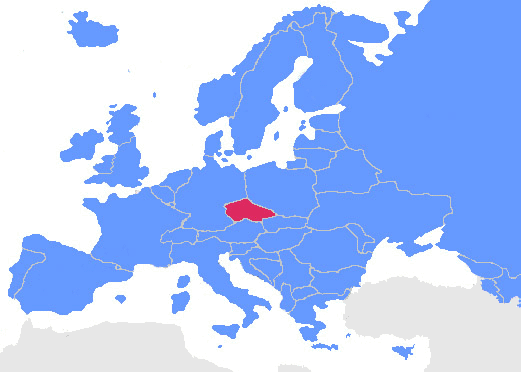 | |
With the validity of Eurrail passes in Czech Republic, Prague has assumed a place in what I call the "Typical Itinerary" (the route it seems every American tourist takes through Europe). Getting to and from there has never been easier. The city is on one the major rail routes and is well connected to the major cities of the west, as well as to the less-traveled routes to the east. Czech airlines (CSA) has numerous flights from cities around the world, but as Prague is only 8 hours or so from the major european gateway of Frankfurt, there is little need to fly in (Unless you can find a deal). Crossing by car from Germany is easy, though be sure to purchase a toll sticker for the highways, and take heed that some border posts are only open for commercial traffic (i.e., trucks) and will not passenger cars through.
Prague is an amazing city, that since the fall of the wall has been rightfully re-discovered by the tourist hordes. As the only city of Eastern Europe regularly hit by the summer masses, many experienced tourists chide Prague and those who see it and exclaim they've "done" Eastern Europe as a touristy sell-out. While it is certainly true that Prague is no longer the "cool" undiscovered haven it was at the beginning of the 1990s, it's still a beautiful historic city well worth an extended stay (especially in the off-season)
Attractions
Like many other a city, it's enjoyable to just head out and get lost in one of the many districts of the city. Many of Prague's churches and museums are together in the Castle district. King amongst them is Prague Castle, home of the president, art galleries and the standard trappings of royalty.
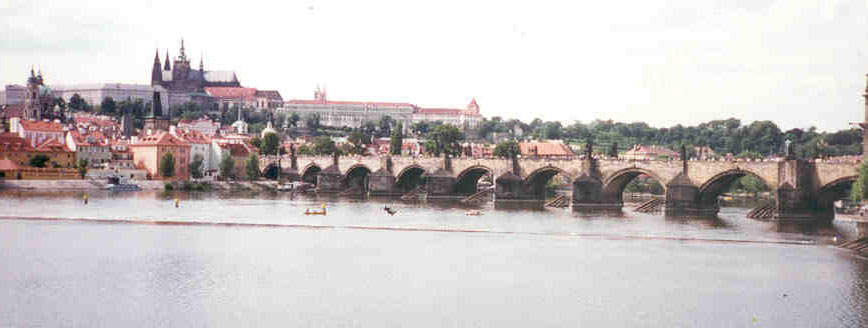 |
Crossing the Vltava from the castle district, you head across the Charles bridge (Karluv most), (above) Prague's famous bridge. The bridge, lined with medieval statues and full of tourists, musicians, and buskers; offers fantastic views of the Castle and old town.
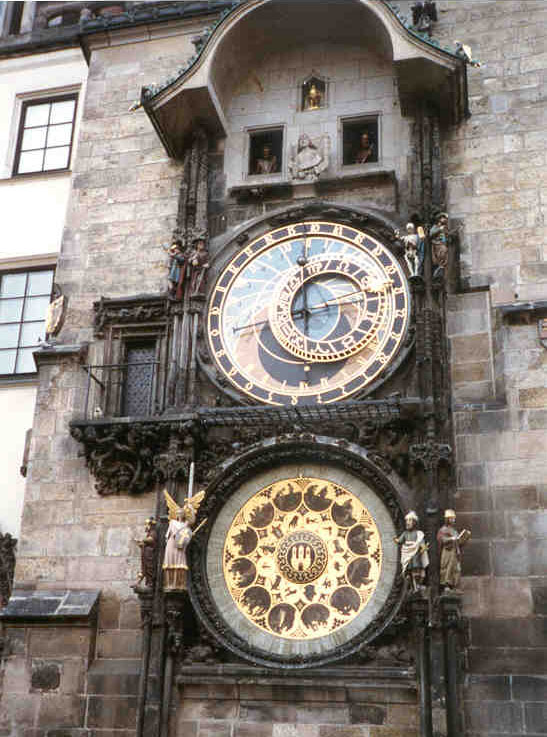 |
The old town itself is full of medieval stone buildings and narrow streets. Still the heart of the city is Staromestske namesti, the old town square, and home to the famous Gothic astronomical clock (left) putting on a show every hour. An arts and crafts fair fills most the square. Deals can be had, despite the tourists. | |
Food and Lodging
Not much useful information here. We ate at a restaurant in the old town, but I don't remember the name. Be wary of places that don't have menus displayed, as it has become common-place to try to rip off tourists. Insist on a menu with prices, and if they refuse, leave. As for lodging, we didn't stay the night, but it shouldn't be an issue. If you come in by train, hostel touts will probably approach you and offer a place to stay. If not, there are copious amounts of hostels, student dorms, and hotels of all price ranges.
